BMW Switching to Flexible EV Architecture for All Models in 2020

Earlier this year, BMW let fly that it had completed development on a flexible vehicle architecture that would enable electrification of every model series in its stable. By 2025, BMW Group expects electrified vehicles to account for between 15 to 25 percent of its sales, but it wanted to be ready in case 100 percent was a possibility.
We know that plug-in versions of just about every model are forthcoming — the big news being the fully electric X3 for 2020. But we didn’t have a solid timeline for widespread implementation of the new platform, capable of accepting electric, plug-in hybrid and internal combustion powertrains. Now we do. According to management board member Klaus Fröhlich, it’s also going to begin in 2020.
Speaking at the Frankfurt Motor Show, Fröhlich said uncertainty in the market has essentially forced BMW’s hand. Emissions regulations in Europe and China are getting serious and the chance of government intervention has made the brand weary of not having a plan B, C, or even D. It doesn’t mean consumers will have immediate access to BEV versions of the 5 series, but it does mean BMW will have the option to build one on short notice.
Speaking with Jalopnik, BMW i brand head Robert Irlinger also expressed a need for adaptability as the industry sits at this new crossroad. He believes the flexible vehicle architecture is the obvious solution.
However, this raises questions as to what purpose a massive cavity for the battery compartment would serve on a vehicle that doesn’t need one. Presumably, internal combustion and mild-hybrid units would have no use for them. Similarly, purely electric cars don’t need to make room for a traditional fuel tank.
Irlinger assured Jalopnik that, like other company’s scalable or modular platforms, hard points will remain constant, though it can be stretched to accommodate any number of floorpans or powertrains. While that doesn’t allow for purpose-built versions of either plug-in or combustion-focused vehicles from the ground up, it also might not matter. The whole point is to keep things liquid at BMW and be able to roll with the punches.
Between BMW, its i sub-brand, and Mini, the automotive group plans to offer 25 electrified vehicles — 12 of which will be fully electric — by 2025. Presently, it has 9 EV models on the market, ranging from the BMW i3 to the MINI Cooper S E Countryman. The company has said it is committed to selling 100,000 electrified vehicles for 2017 and will have a total of 200,000 electrified vehicles on the roads by the end of the year.
[Image: BMW Group]

A staunch consumer advocate tracking industry trends and regulation. Before joining TTAC, Matt spent a decade working for marketing and research firms based in NYC. Clients included several of the world’s largest automakers, global tire brands, and aftermarket part suppliers. Dissatisfied with the corporate world and resentful of having to wear suits everyday, he pivoted to writing about cars. Since then, that man has become an ardent supporter of the right-to-repair movement, been interviewed on the auto industry by national radio broadcasts, driven more rental cars than anyone ever should, participated in amateur rallying events, and received the requisite minimum training as sanctioned by the SCCA. Handy with a wrench, Matt grew up surrounded by Detroit auto workers and managed to get a pizza delivery job before he was legally eligible. He later found himself driving box trucks through Manhattan, guaranteeing future sympathy for actual truckers. He continues to conduct research pertaining to the automotive sector as an independent contractor and has since moved back to his native Michigan, closer to where the cars are born. A contrarian, Matt claims to prefer understeer — stating that front and all-wheel drive vehicles cater best to his driving style.
More by Matt Posky
Latest Car Reviews
Read moreLatest Product Reviews
Read moreRecent Comments
- HotRod The Tunnel Turn at the "Tricky Triangle" (Pocono Raceway). I got to push a Nascar-style Dodge Intrepid harder than I ever imagined. I was miserable with shingles at the time, making the experience that much more memorable. But for a handful of laps I didn't feel anything but pure adrenaline.
- Redapple2 That is one busy face. Ford: Too much.
- SCE to AUX The video in the link is pretty damning, but the fix should be a simple mechanical repair. A code patch won't do it.
- SCE to AUX I get it, and yet I don't. Time has put a lot of distance between the 1964.5 and the 2025, and Ford has already sullied the Mustang name by putting it on a vehicle completely unrelated to this one.I guess 1965 somebodys will see fit to pay Ford and its local dealer a hefty premium to 'celebrate' the Mustang name.Are the 30th Anniversary Mustangs worth a nickel today? Better yet, how about the 10th Anniversary Mustangs?
- SCE to AUX Oddly, my 22 Santa Fe has higher HP and torque from its 2.5T/8DCT drivetrain, but it has similar fuel economy (22/28).Must be a different ECU tune for the Elantra N.


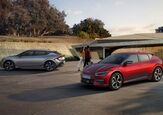






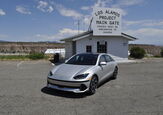







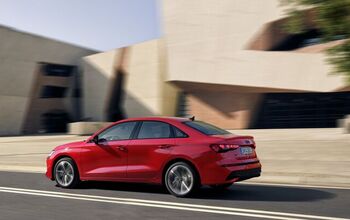

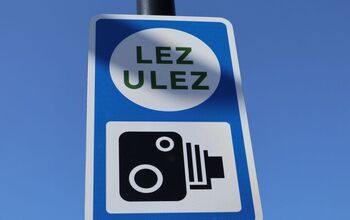

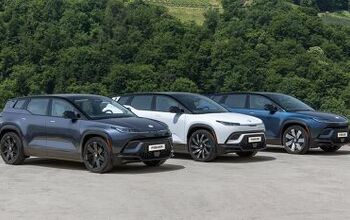
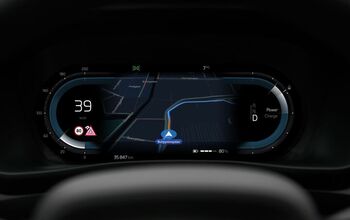




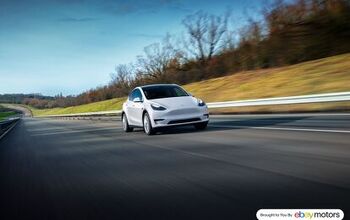
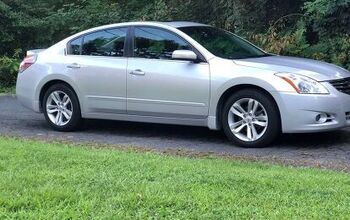

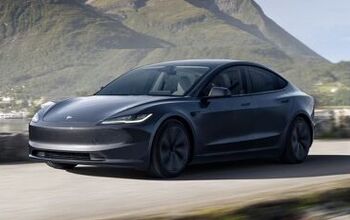
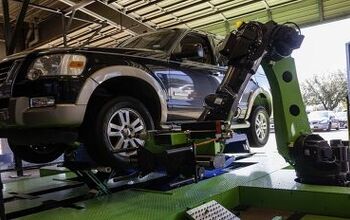
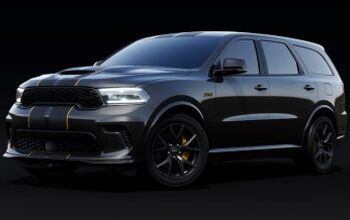
Comments
Join the conversation
Anyone else remember when BMW tried implying their superiority over other luxury brands because each model used a dedicated platform?
The term "electrified" is being used so loosely lately that it's hard to understand what this promise means. Fully electric vehicle, plugin, full hybrid, mild hybrid or 48V electrical system? Even if BMW will offer wide range of "electrified" solutions what will be the share in sales? Even if gov subsidized sales will pick up, then immediately after the gov support is dropped, sales will drop too. If demand for fuel will drop with spread of EV-s, fuel prices will drop too and at some point ICE cars will be attractive again. If fuel sales will drop significantly then government tax income will fall too, I am sure then will be introduced tax for EVs etc.